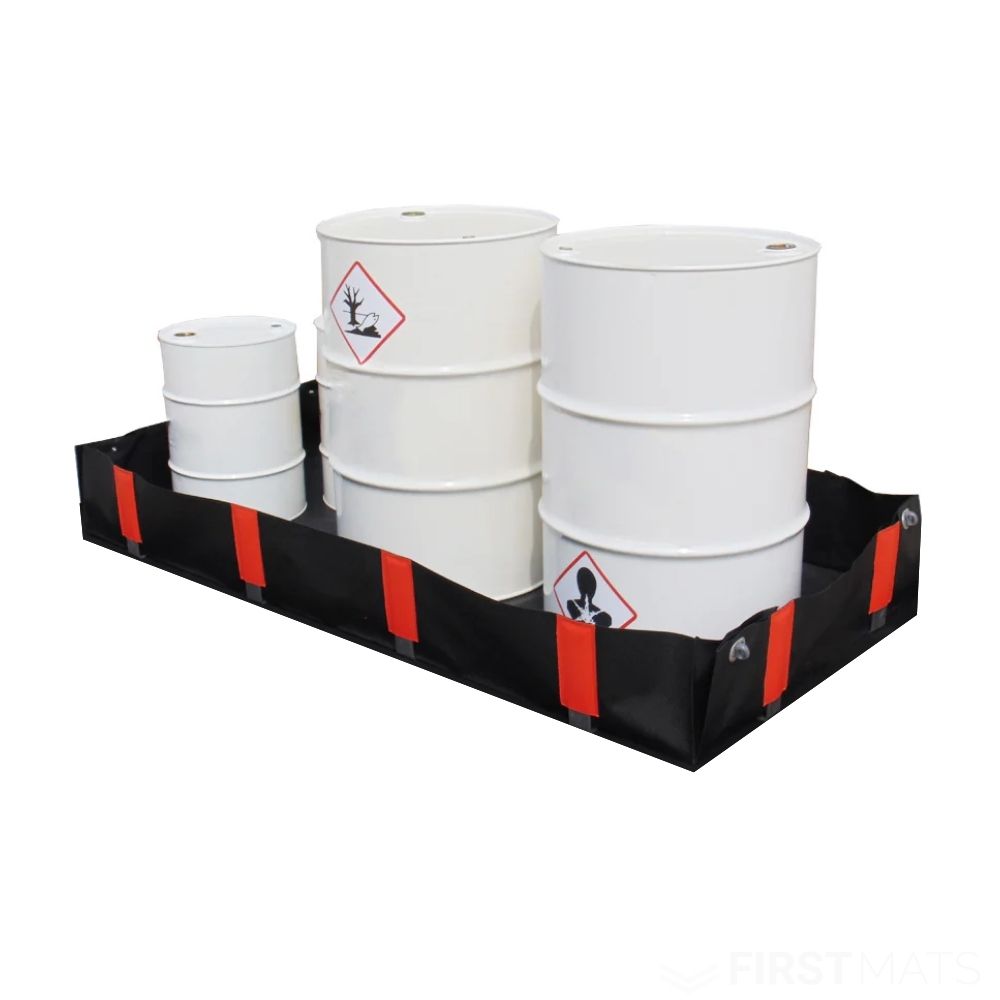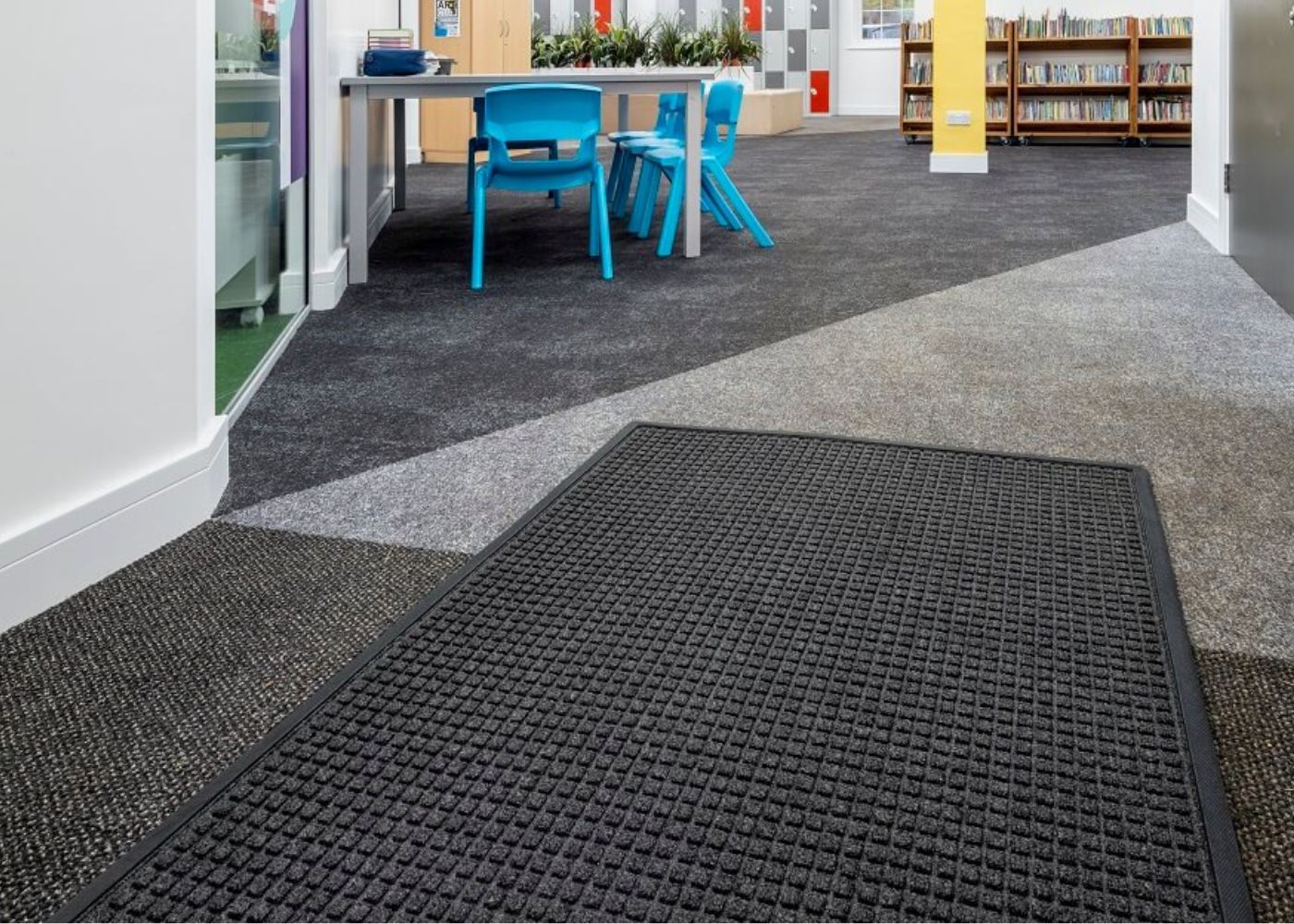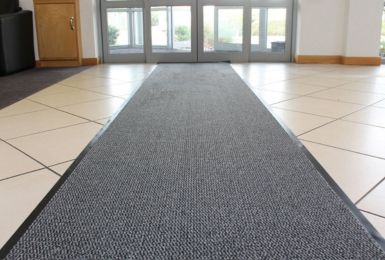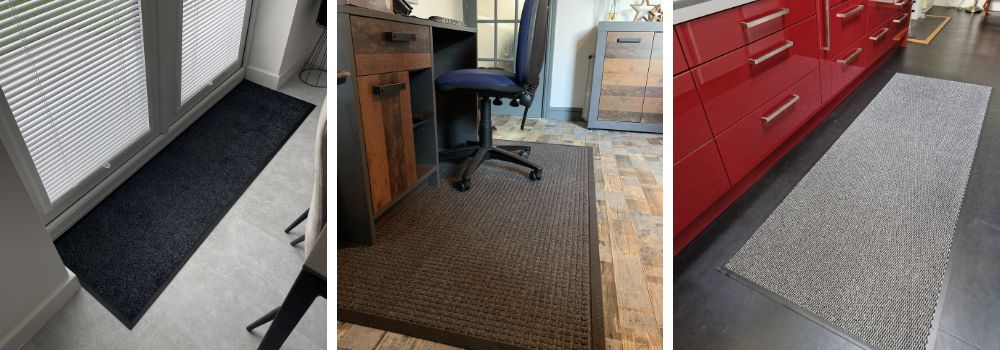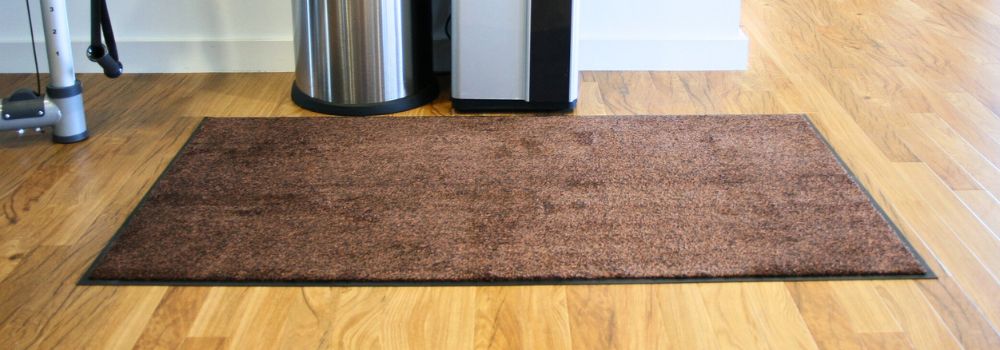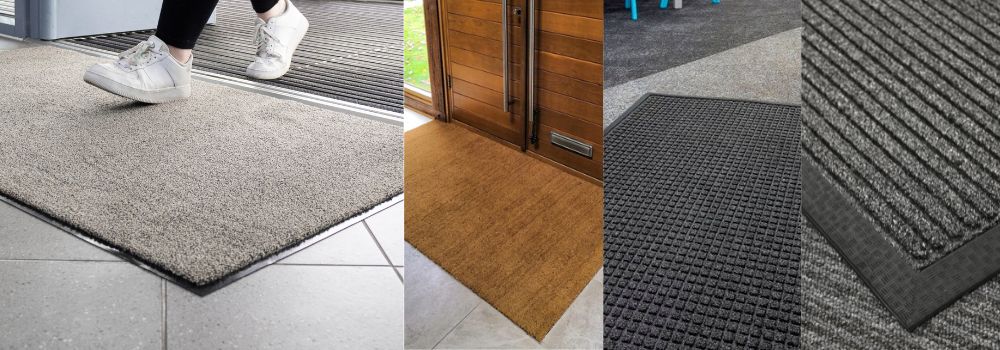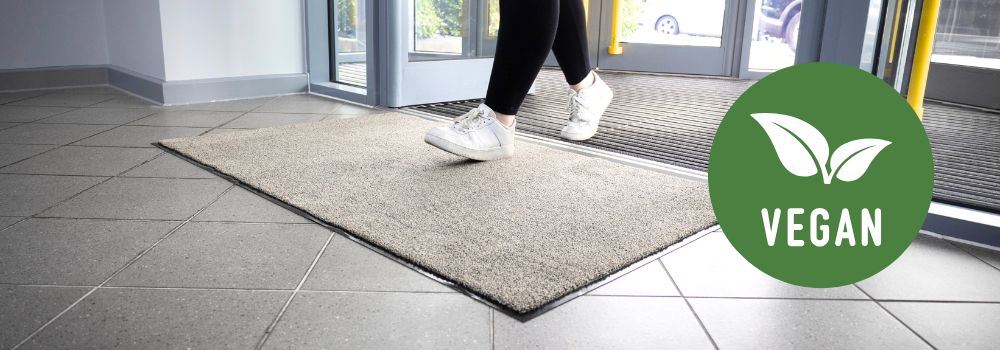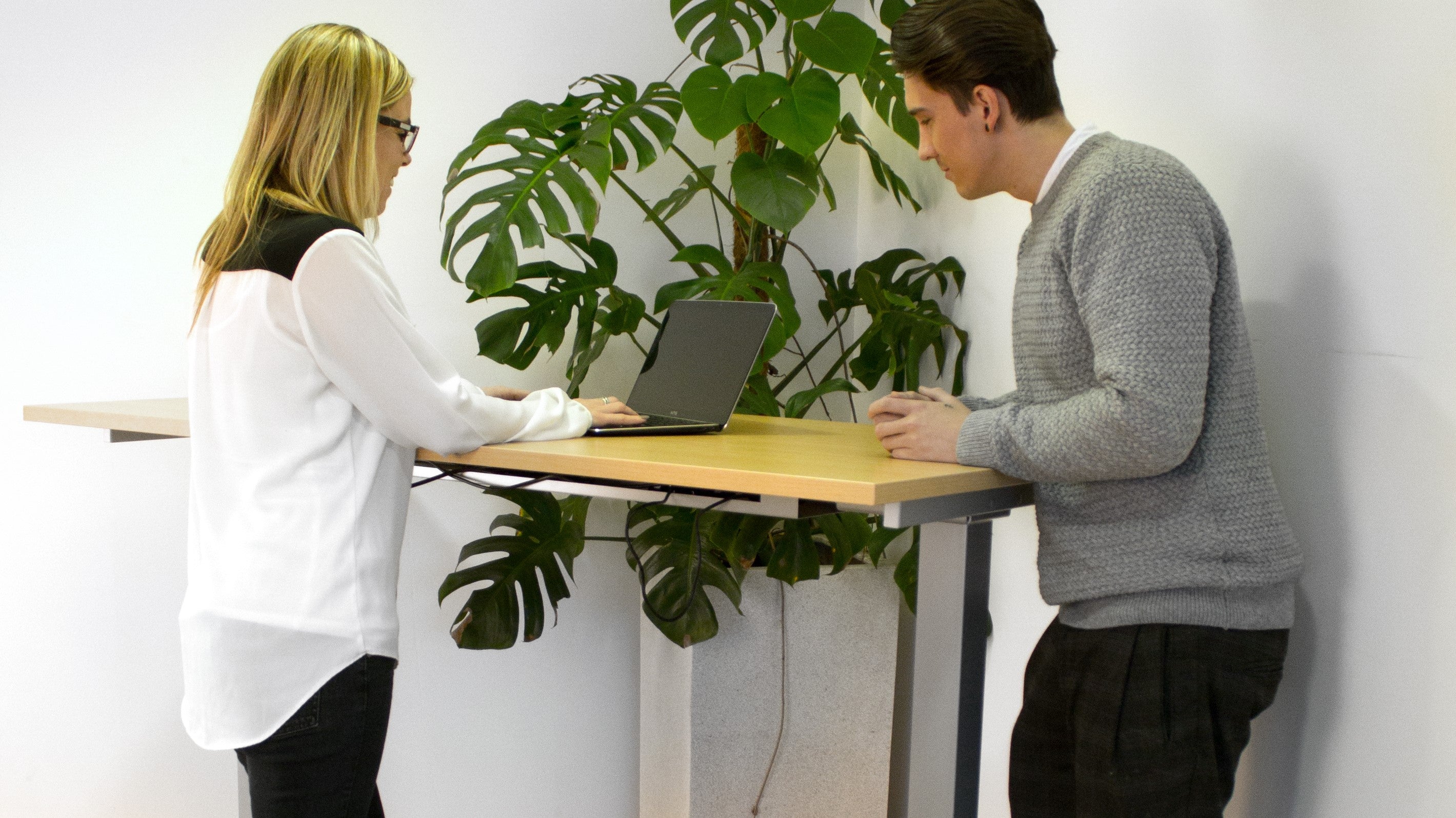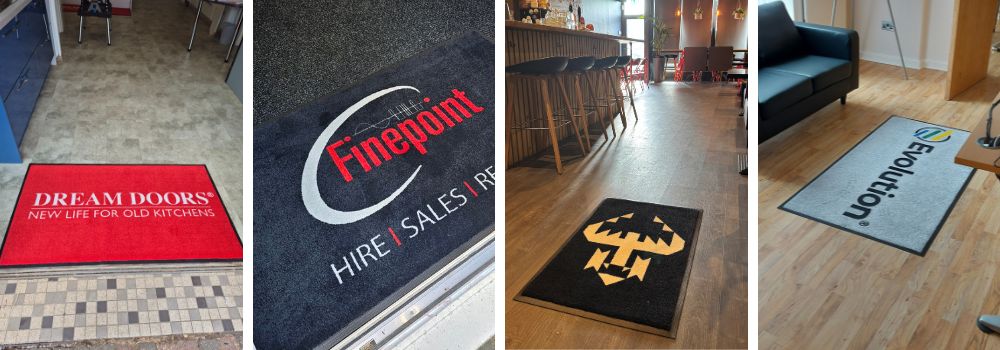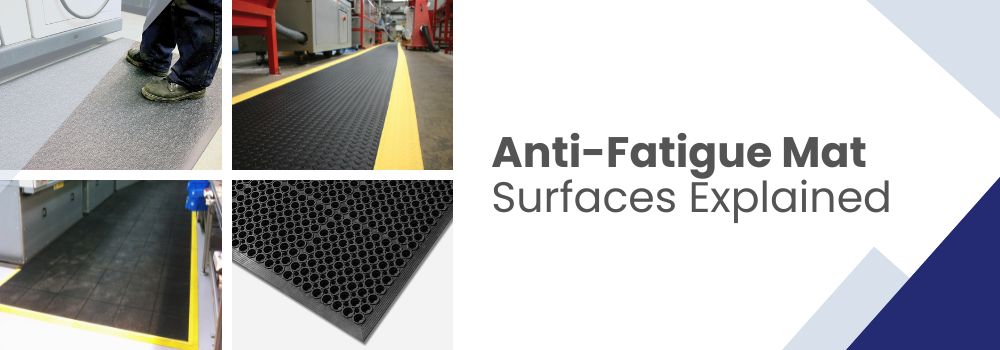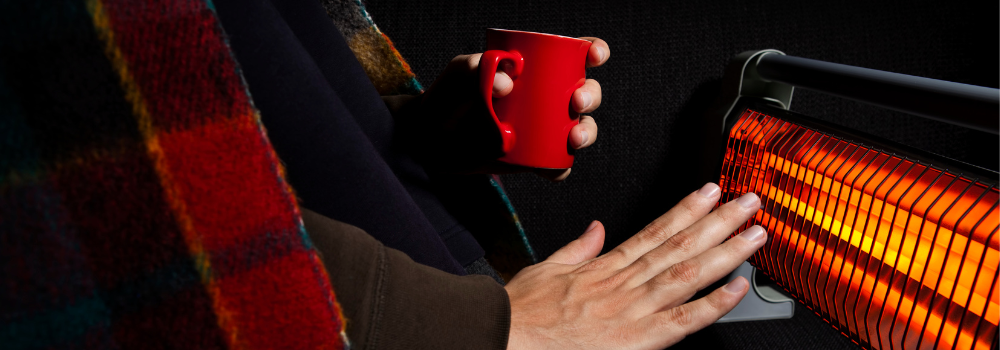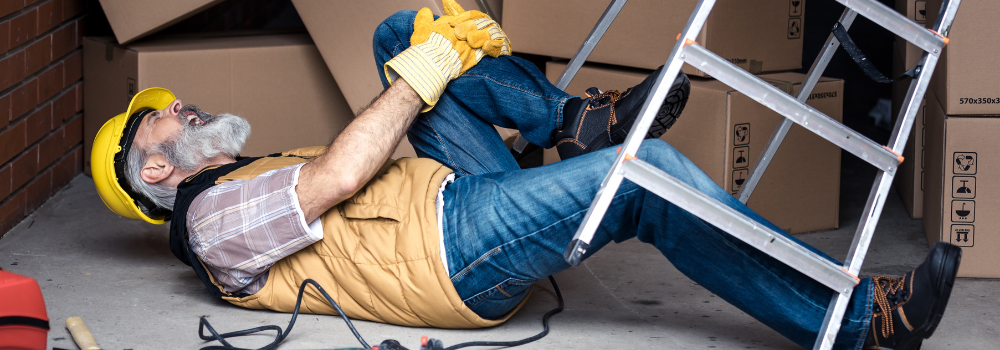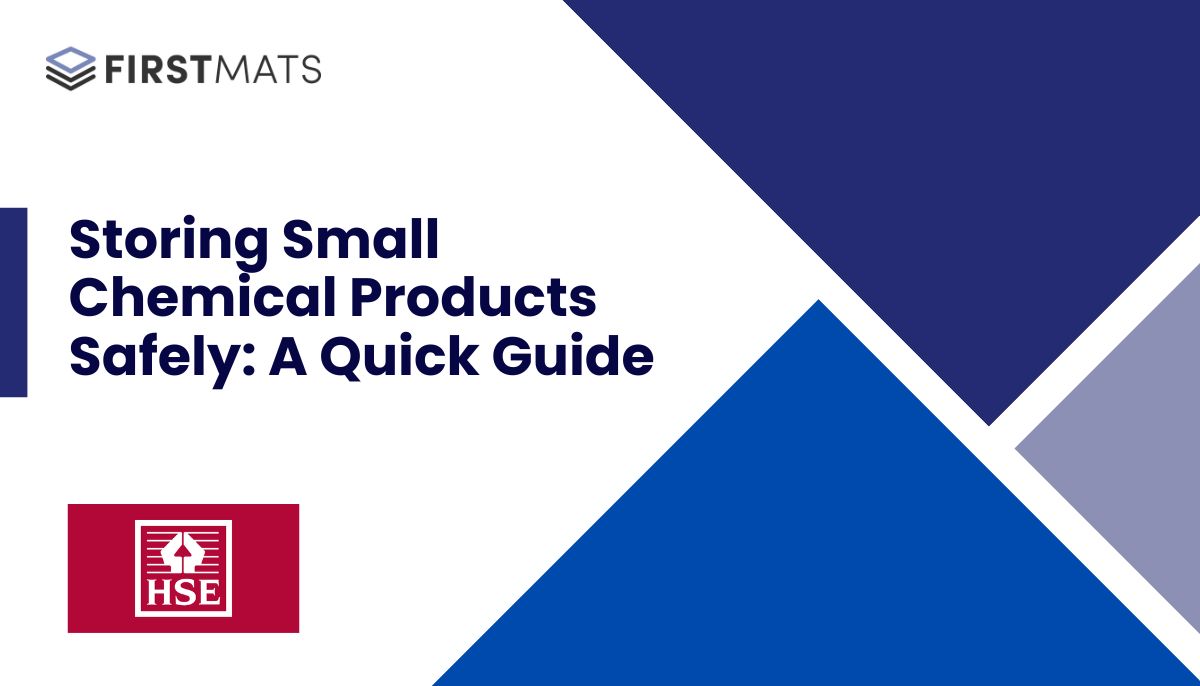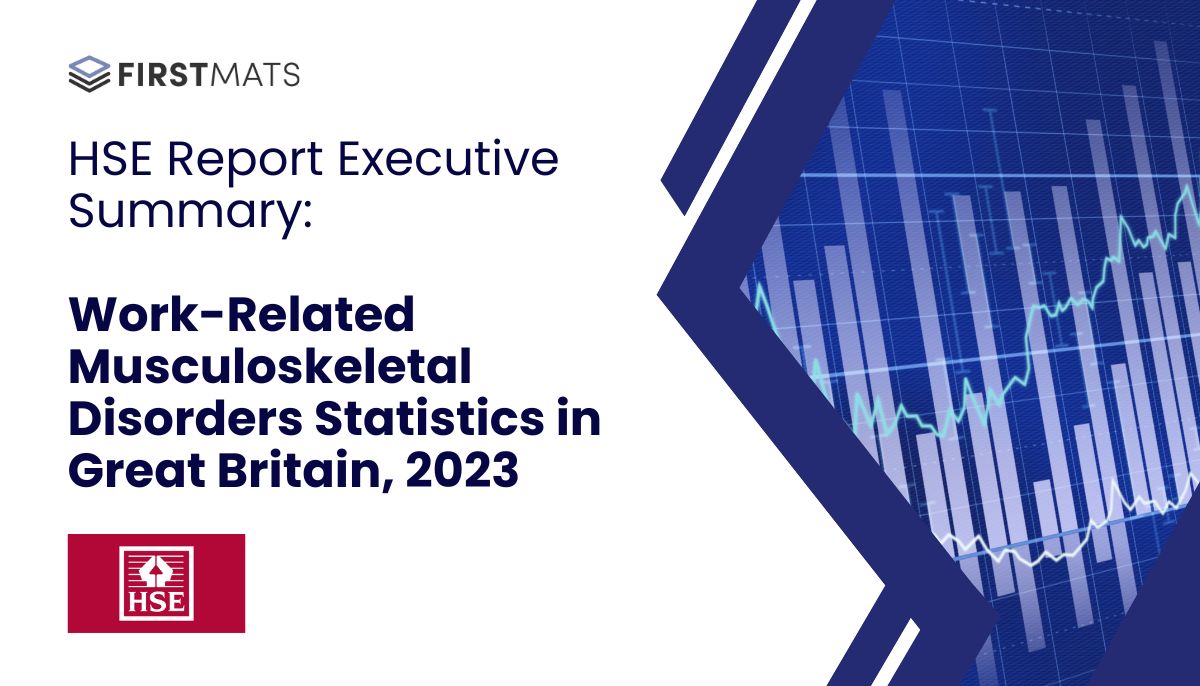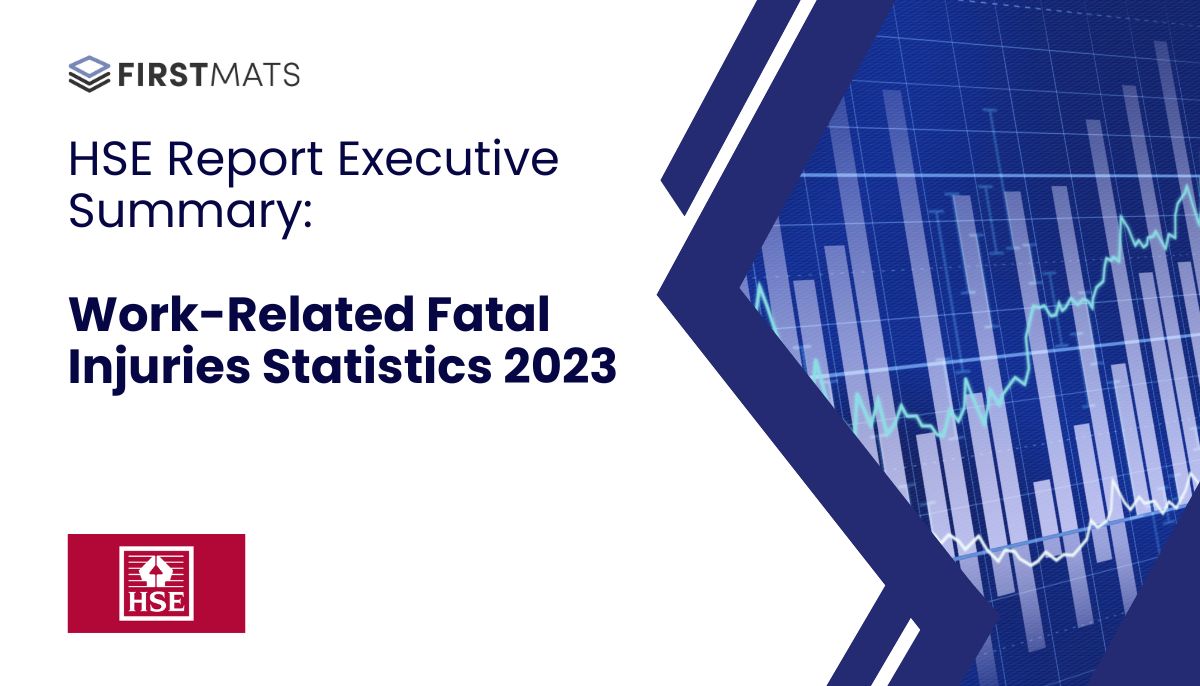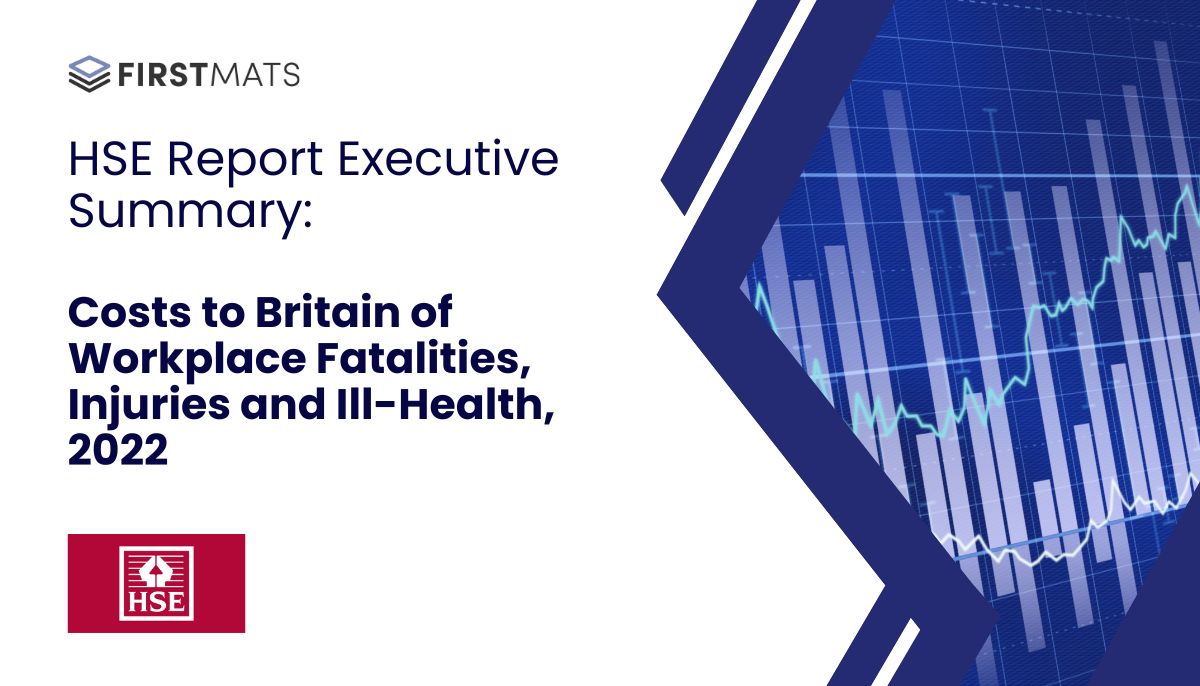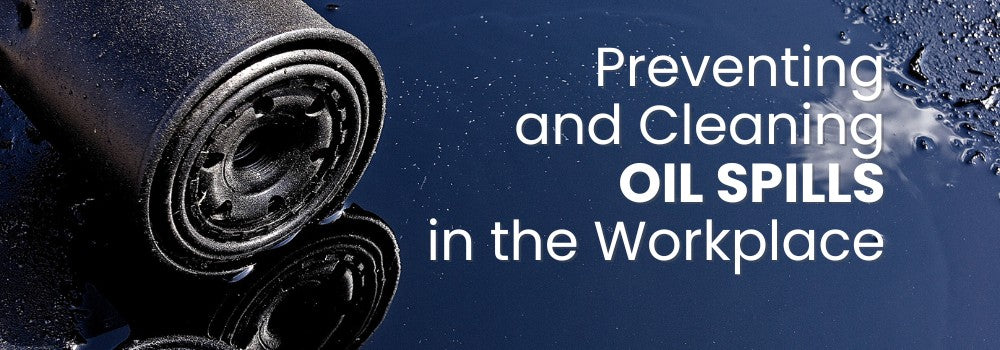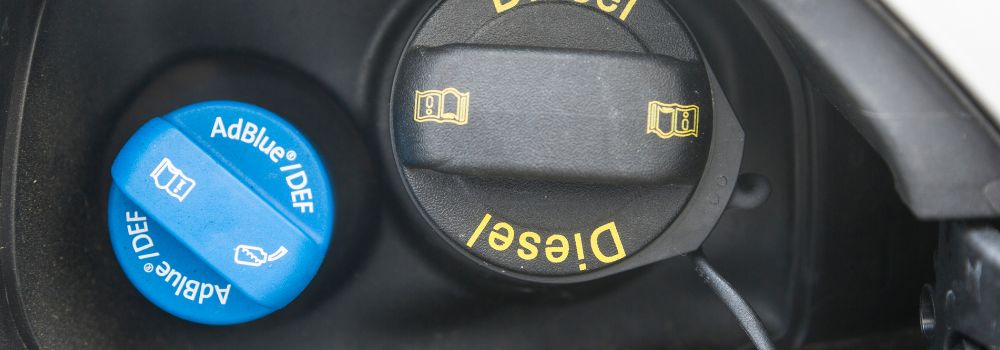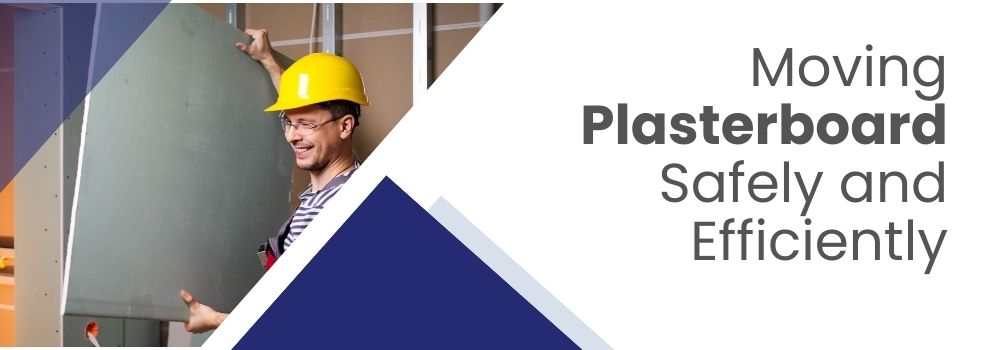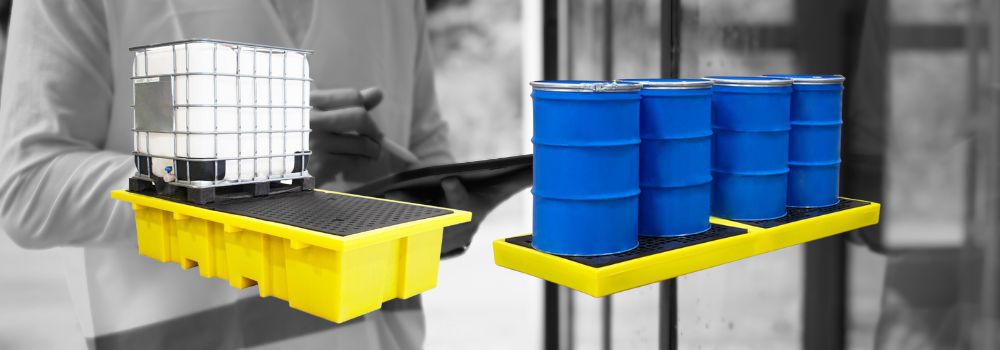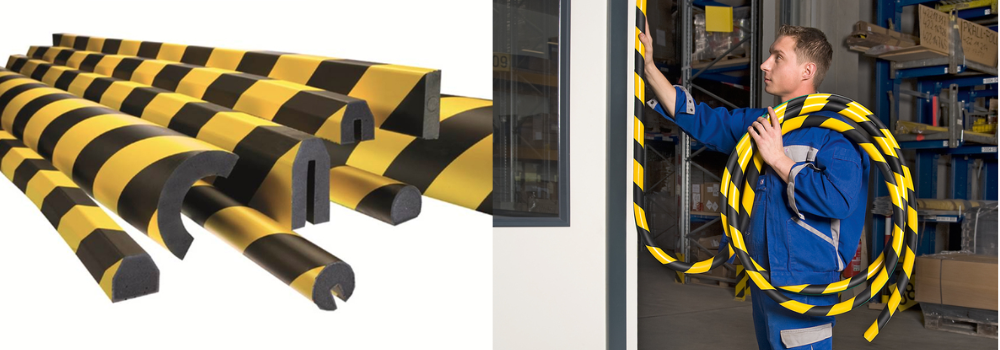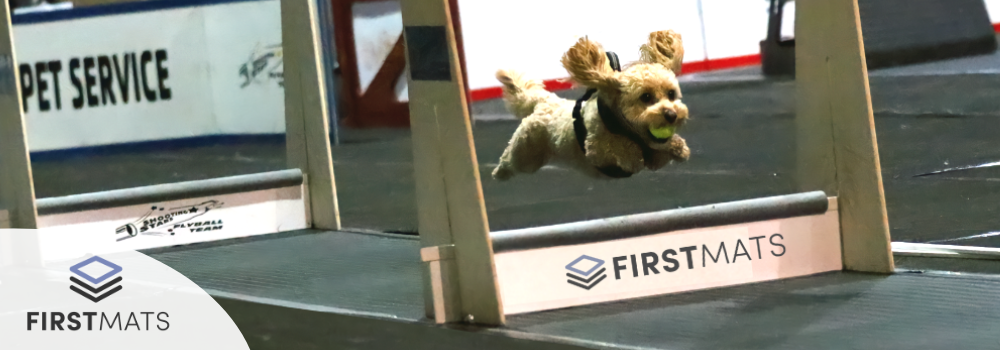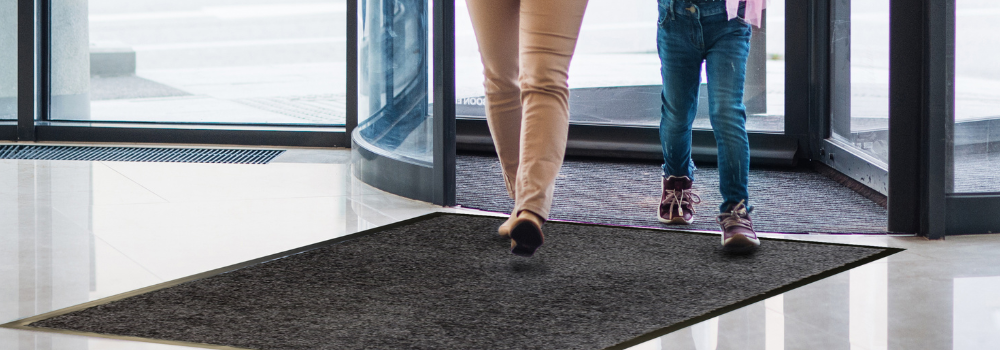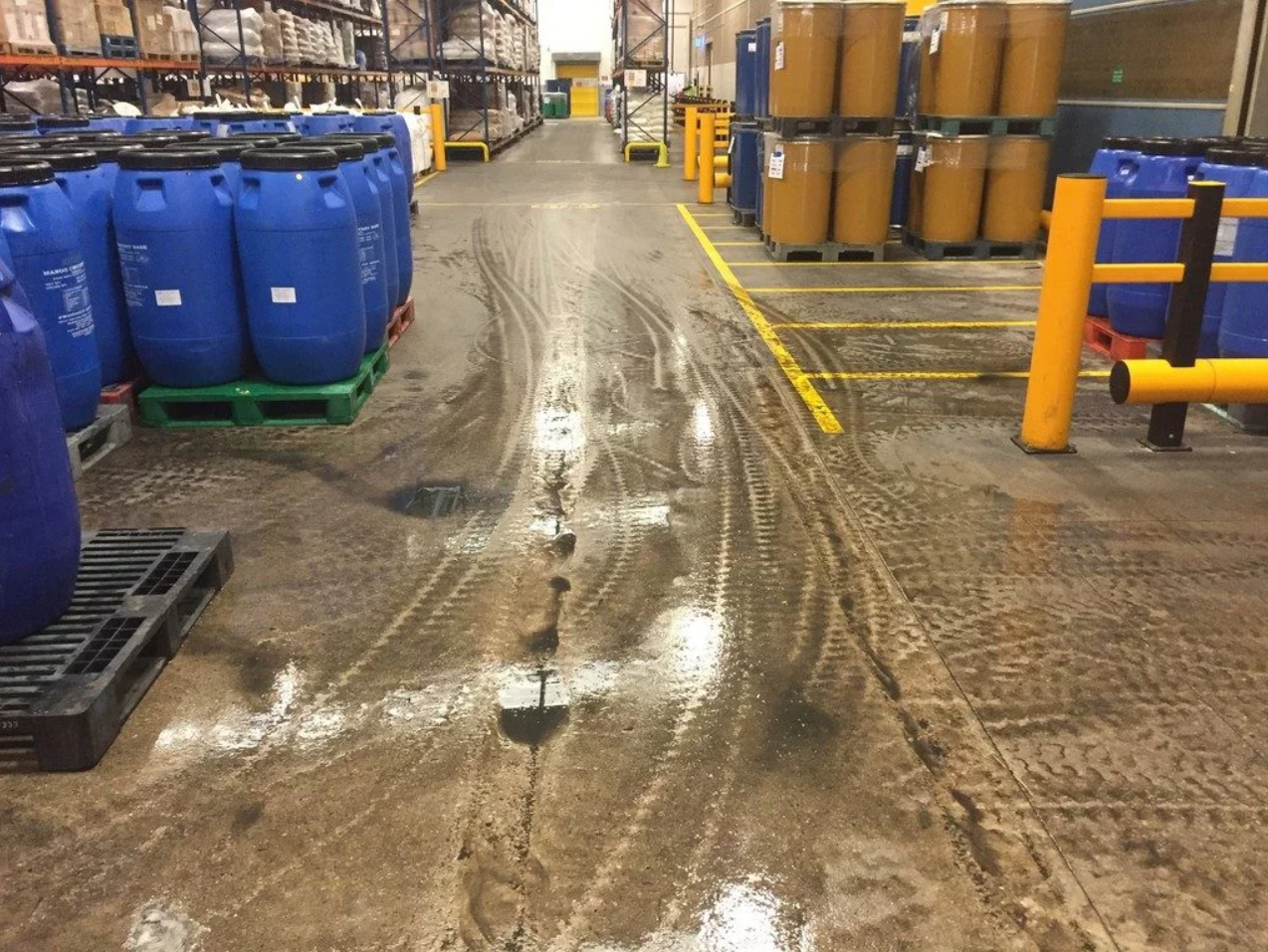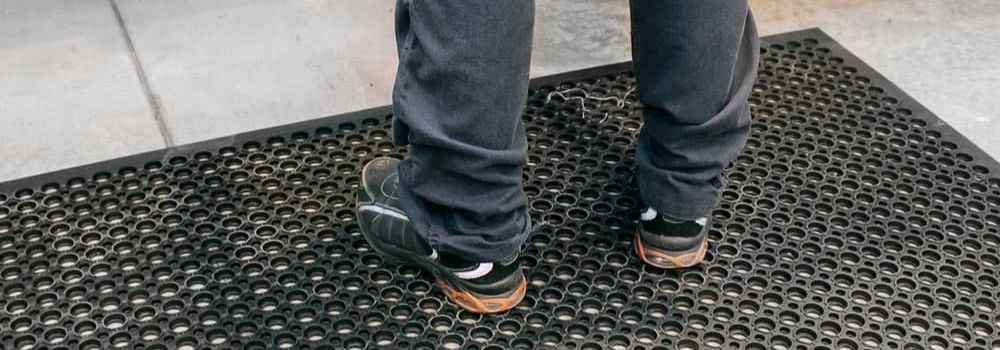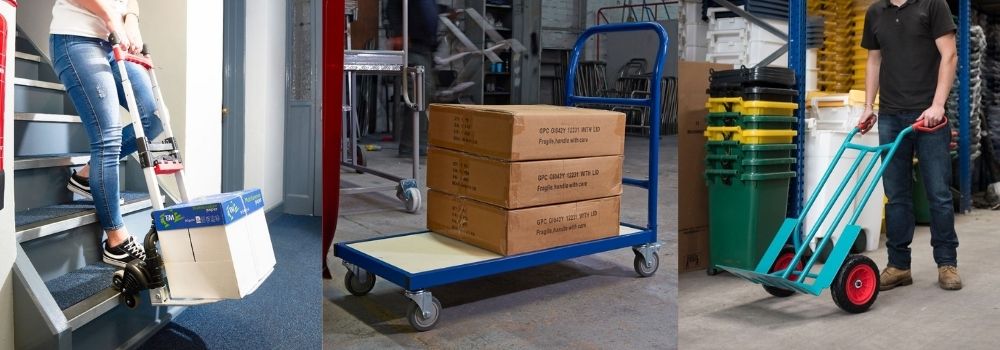How to use Industrial Shelving safely

by Richard O'Connor
Jul 13, 2021 | *5 minutes to readWhen installing shelving within your workplace, it is vital to ensure that it has been put together correctly and is suitable for its purpose. If not, the risk of the entire shelving unit collapsing and injuring someone or causing damage to stock becomes dangerously high.
Follow our comprehensive guide to find out how to use shelving correctly and safely to protect people and goods in your workplace.
Respecting limits

Before purchasing a shelving unit, it’s essential to know precisely what will be stored on it. This guides you in the right direction to know what type of shelving unit to buy and what the maximum shelf capacity should be.
Installing the wrong shelving type for your business runs the risk of wasting valuable resources and money on something that does not fit your requirements.
Light-duty shelving
A lightweight shelving unit should be sufficient if you need a shelving unit for a school or office setting and know it will be used for admin purposes.
Files and paperwork are quite light, so a large weight capacity isn’t needed in this case.
Light-duty shelving units can also be used in stockrooms and warehouses if the stored items do not exceed the specified upper weight limits.
Medium-duty shelving
From stockrooms to retail units, garages and catering outlets, a robust medium-duty shelving unit is the most common equipment in these settings.
Of course, each one of these work environments has different requirements, which is why First Mats has a wide range of shelving systems to suit all workplaces.
Ensure you check a shelving system's uniform distributed load (UDL) before purchasing. This refers to how much weight the unit can withstand when the weight is evenly spread across the whole shelf.

Ensure that the total weight of the stored products does not exceed the UDL to prevent it from becoming a hazard in the workplace.
Heavy-duty shelving
Most, if not all, warehouses and factories will need a highly dependable and strong shelving system to keep their business going.
A robust and heavy-duty shelving unit typically has a maximum weight limit of at least 300-350kg, so it can be used to store most products effortlessly.
Heavy-duty shelving systems, such as our warehouse shelving, are regularly combined with lifting and stacking systems, such as pallet racking.
When used together, you can benefit from increased floor space and great flexibility to set up the storage system exactly how you require.
How to prevent Shelving-Related accidents
Accidents can occur within any workplace, no matter how many safety rules are in place. That said, some precautions can be taken to significantly reduce the likelihood of accidents, some of which could lead to injury.
We’ve compiled a list of some of the most common problems regarding shelving safety and how to fix them.
Falling stock
Problem: stock and boxes keep falling off the shelves, becoming a trip hazard to anyone who walks nearby.
Solution: buying the correct type of shelving for your goods can help you store items correctly and keep them in place.
Trips and falls
Problem: people tripping over in the walkways between racking aisles or falling over stock that sticks out the end of a shelving unit.
Solution: keeping your workplace tidy and removing all boxes and items from the floor dramatically reduces the chances of someone tripping over. Using the appropriate shelving system for your stock type also stops things from protruding and causing accidents.
Overextension
Problem: having a high shelving unit makes employees stretch and twist further to reach goods, which can cause back problems, strains and muscle aches.
Solution: purchasing the right lifting equipment with your shelving systems is ideal for keeping your workforce safe. If items are stored at height, ensure appropriate ladders or steps are available. And if heavy items need to be moved, make sure a sack truck or forklift is nearby to help.
Wearing the proper safety gear
As important as installing the correct shelving system in your workplace, keeping your employees safe by providing them with the right equipment is just as important. Some additional personal safety considerations include:
- Hi-vis jackets: to ensure people are visible even in poorly lit conditions.
- Correct footwear: wearing shoes or boots with a steel toe cap can prevent accidents and prevent broken bones if an item falls off a shelf or when using a pallet truck.
- Hard hats: to prevent injury if an item falls off a high shelf.
Our top Shelving Safety Tips
Following the safety information outlined above can keep your workplace running safely and smoothly all year long.
Here are some general tips to keep in mind that can boost workplace safety even more:
- Always follow the manufacturer’s instructions when putting shelving units together.
- Ensure a wall can support the load when attaching a shelving unit.
- Make sure shelves and racks are correctly aligned, and goods don't overhang their shelves.
- Always display and stick to the correct maximum loads for racking and shelving units.
- Stack items on shelving correctly, with the heaviest items at the bottom.
- Check shelving and racking units regularly for any obvious signs of physical or chemical damage.
We hope you have found this guide on shelving unit safety to be of use.
If you have any questions about shelving or racking units or any other product from our website, please contact our friendly team, who will be more than happy to help.
Explore More Topics
Frequently Asked Questions
If you have any questions, we’re here to help
How long does delivery take?
Each product comes with a specified lead time for delivery. We'll keep you informed if there are any delays in meeting this timeline.
Typically, once you’ve finalised your order and approved the proof, it will take 4-5 business days to make and deliver your finished mat.
If my order is damaged, can I return or exchange it?
Got a problem with your order? If something's not right or you're not thrilled with the quality, just let us know within 14 days of getting it. Drop us a line, and we'll tell you what to do next—usually, it starts with you sending us a photo of the issue. Once we check that out, we'll sort you out with a refund or a new item, no fuss.
Can I get my mat delivered more quickly?
Need your item in a hurry? Just Contact us to explore the faster delivery options we might have for you!
If my custom mat is damaged, can I return or exchange it?
Got a problem with your order? If something's not right or you're not thrilled with the quality, just let us know within 14 days of getting it. Drop us a line, and we'll tell you what to do next—usually, it starts with you sending us a photo of the issue. Once we check that out, we'll sort you out with a refund or a new item, no fuss.






